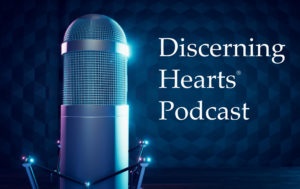Podcast: Play in new window | Download (Duration: 55:05 — 37.9MB) | Embed
Subscribe: Apple Podcasts | Spotify | Amazon Music | Android | Pandora | iHeartRadio | JioSaavn | Podchaser | Gaana | Podcast Index | Email | TuneIn | Deezer | Anghami | RSS | More
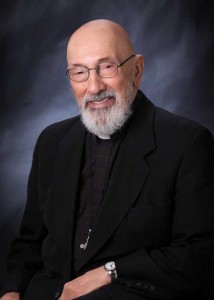
A Special Holy Thursday Reflection – Building a Kingdom of Love with Msgr. John Esseff
Msgr. John Esseff reflects deeply on the meaning of Holy Thursday, focusing especially on Jesus’ washing of the disciples’ feet and the institution of the Eucharist. He describes the foot-washing as a sign of humility and love that all Christians are called to imitate, not just toward family and friends, but especially toward enemies and those most difficult to serve. This act, performed by Christ before his Passion, is framed as his last will and testament—a mandate to serve others with profound humility, as he did. Msgr. Esseff invites us to internalize this calling by examining their relationships and asking us whose feet we would struggle to wash.
There is the unity between the Eucharist and this act of service. Receiving Christ in the Eucharist, especially during the Triduum, is meant to transform hearts to love as he loves. It’s important to receive spiritual discernment in knowing when and how to engage with others in this sacrificial way. Msgr. Esseff recalls traditional Holy Thursday devotions and reflects on the Paschal Mystery—Christ’s suffering, death, and resurrection—as the heart of Christian life, reminding the listener that Easter marks a beginning, not an end, in the journey of faith.
Discerning Hearts Reflection Questions
- Whose feet in your life would be the hardest for you to wash, and why?
- In what ways do you live out Christ’s call to humble service in your daily relationships?
- How does your participation in the Eucharist transform the way you treat others, especially those who hurt you?
- Are there people you need to forgive before entering into the Triduum more fully?
- How do you discern when to serve and when to retreat in prayer, following Jesus’ example?
- What does the washing of feet reveal to you about true greatness in the Kingdom of God?
- Have you ever tried to serve someone with hidden resentment or pride—how can that change?
- How does your Holy Thursday participation reflect your love for the Eucharist and your understanding of its meaning?
- What spiritual traditions during Holy Thursday or the Triduum help you grow closer to Christ?
Gospel JN 13:1-15
“Before the feast of Passover, Jesus knew that his hour had come
to pass from this world to the Father.
He loved his own in the world and he loved them to the end.
The devil had already induced Judas, son of Simon the Iscariot, to hand him over.
So, during supper,
fully aware that the Father had put everything into his power
and that he had come from God and was returning to God,
he rose from supper and took off his outer garments.
He took a towel and tied it around his waist.
Then he poured water into a basin
and began to wash the disciples’ feet
and dry them with the towel around his waist.
He came to Simon Peter, who said to him,
“Master, are you going to wash my feet?”
Jesus answered and said to him,
“What I am doing, you do not understand now,
but you will understand later.”
Peter said to him, “You will never wash my feet.”
Jesus answered him,
“Unless I wash you, you will have no inheritance with me.”
Simon Peter said to him,
“Master, then not only my feet, but my hands and head as well.”
Jesus said to him,
“Whoever has bathed has no need except to have his feet washed,
for he is clean all over;
so you are clean, but not all.”
For he knew who would betray him;
for this reason, he said, “Not all of you are clean.”So when he had washed their feet
and put his garments back on and reclined at table again,
he said to them, “Do you realize what I have done for you?
You call me ‘teacher’ and ‘master,’ and rightly so, for indeed I am.
If I, therefore, the master and teacher, have washed your feet,
you ought to wash one another’s feet.
I have given you a model to follow,
so that as I have done for you, you should also do.”
Msgr. John A. Esseff is a Roman Catholic priest in the Diocese of Scranton. Msgr. Esseff served a retreat director and confessor to St. Teresa of Calcutta. He continues to offer direction and retreats for the sisters of the missionaries of charity around the world. Msgr. Esseff encountered St. Padre Pio, who would become a spiritual father to him. He has lived in areas around the world, serving in the Pontifical missions, a Catholic organization established by Pope St. John Paul II to bring the Good News to the world especially to the poor. He continues to serve as a retreat leader and director to bishops, priests and sisters and seminarians and other religious leaders around the world.

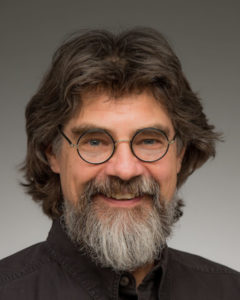
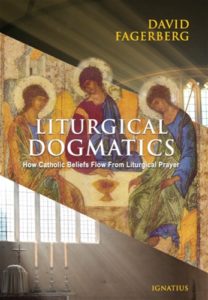
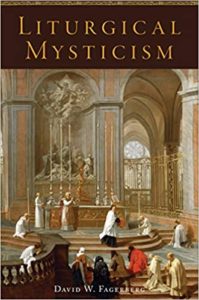
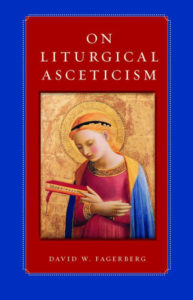
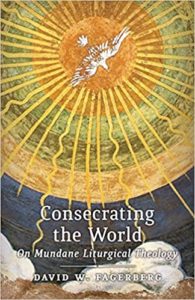
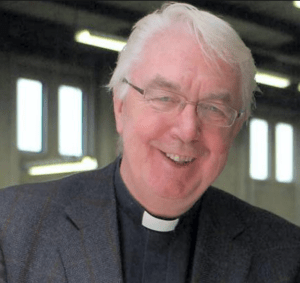 Fr. Vincent Twomey – The Dynamics of Liturgy, Part 2 on Inside the Pages w/ Kris McGregor
Fr. Vincent Twomey – The Dynamics of Liturgy, Part 2 on Inside the Pages w/ Kris McGregor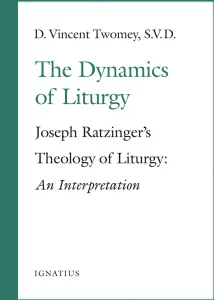 You can find the book
You can find the book 